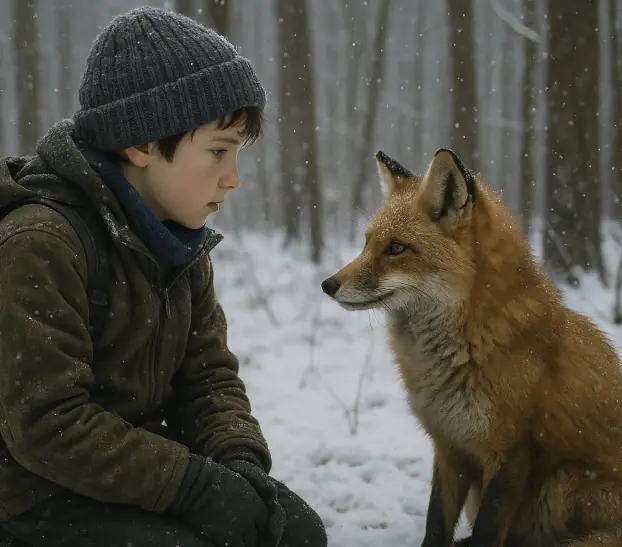
These 5 plants are the "nemesis" of formaldehyde: Swallow fine dust, purify air very well
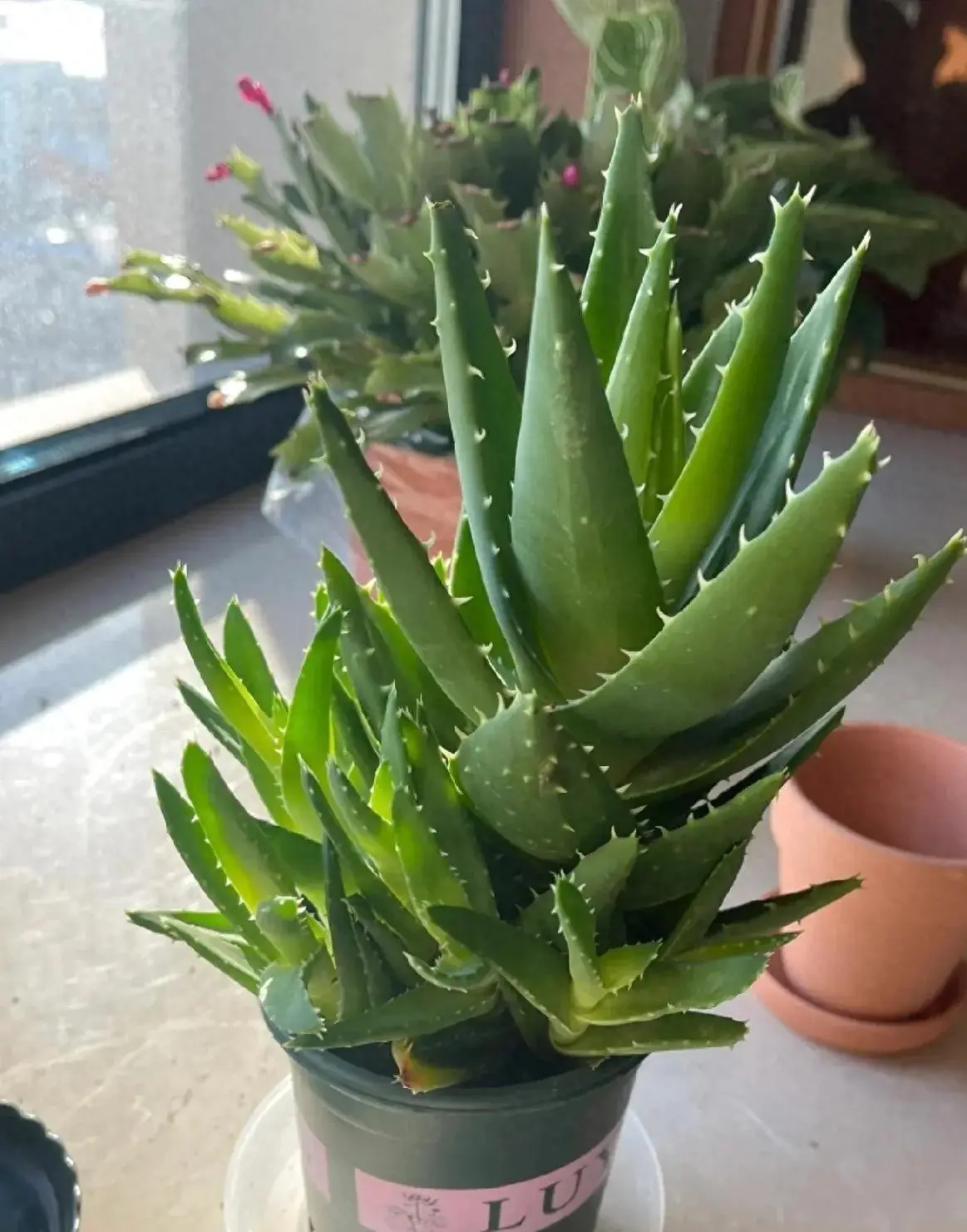
Here are 5 plants that are considered the "nemesis" of formaldehyde, helping to absorb fine dust and purify the air effectively:
1. Snake Plant (Sansevieria)
-
Reason: The snake plant is one of the most effective plants at absorbing formaldehyde. It can filter the air and remove harmful substances in the environment, including formaldehyde and other toxic gases.
-
Benefits: Not only does it clean the air, but it’s also easy to care for and can thrive in low light conditions.
2. Aloe Vera
-
Reason: Aloe vera is not only a medicinal plant but also highly effective at purifying the air, including removing formaldehyde. It can absorb toxins in the living environment, improving air quality.
-
Benefits: Aloe vera also has soothing properties for the skin, helps with burns, and reduces skin irritations. It also helps maintain humidity in the air.
3. Spider Plant (Chlorophytum comosum)
-
Reason: The spider plant is a popular air-purifying plant. It helps absorb harmful substances like formaldehyde and other volatile organic compounds (VOCs), improving the air quality in your home.
-
Benefits: This plant is easy to care for and can survive in low light, making it an ideal choice for any living space.
4. Boston Fern
-
Reason: The Boston fern is known for its strong air-purifying capabilities. It helps absorb formaldehyde and other toxic gases, while also maintaining humidity in the air, creating a healthier environment.
-
Benefits: Boston ferns require a moist environment to grow well and are a great option for those living in dry climates.
5. Peace Lily (Spathiphyllum)
-
Reason: The peace lily is highly effective at absorbing formaldehyde and other harmful gases like benzene, trichloroethylene, and ammonia. It not only purifies the air but also creates a fresh and pleasant atmosphere.
-
Benefits: Peace lilies also help improve air quality and are perfect for indoor spaces that lack direct sunlight.
Common Benefits of These Plants:
-
These plants not only help purify the air but also reduce indoor pollution, remove fine dust, and cleanse the air, making your living space fresher and more breathable.
-
Additionally, they bring greenery into the space, promoting relaxation and improving mental well-being.
Note:
-
To maximize their benefits, it’s important to place these plants in areas with adequate light and provide regular care (watering and cleaning the plants).
News in the same category

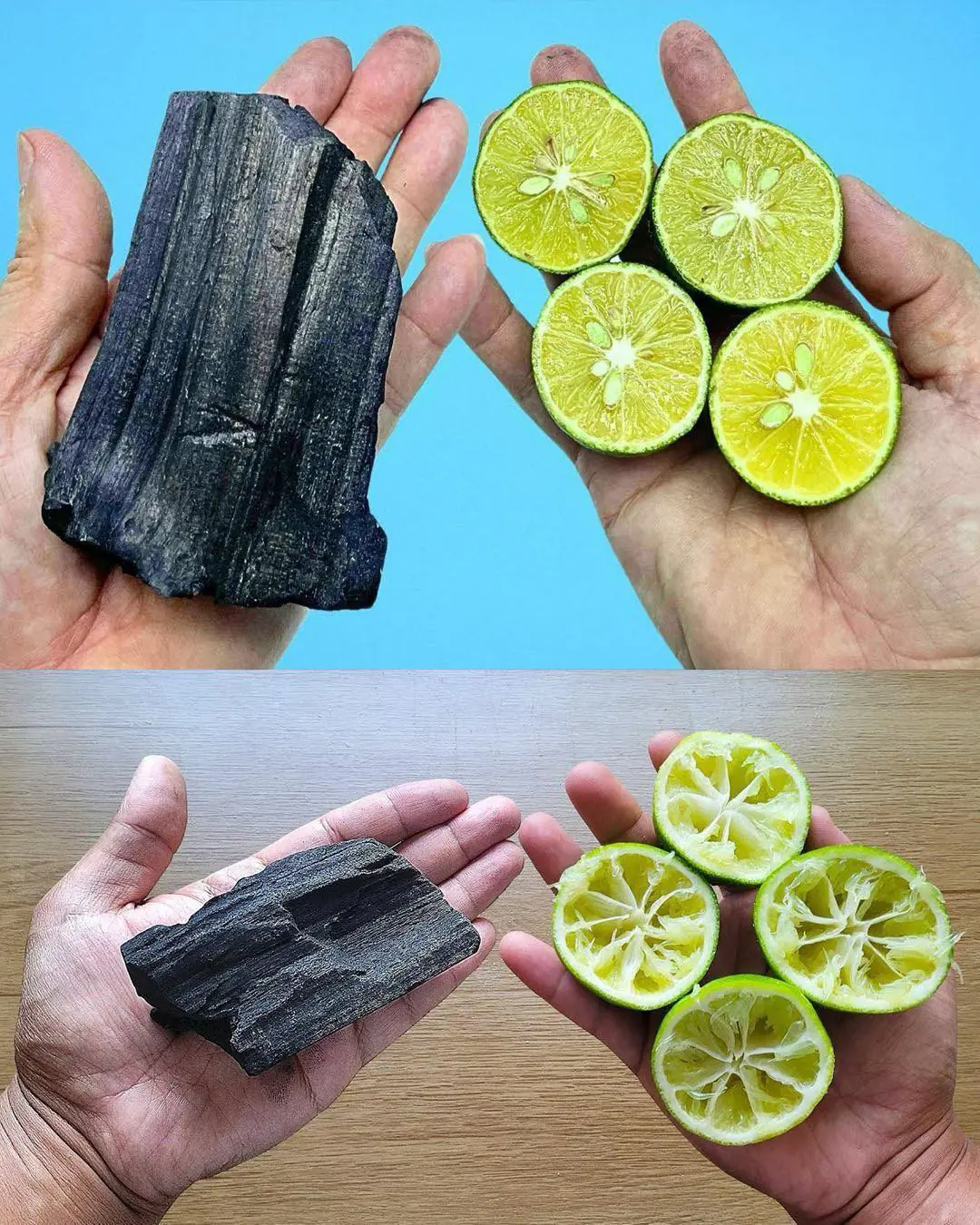
The Magic of Lemon Juice and Activated Charcoal: Natural DIY Solutions for Skin and Teeth

Winter is coming, no need to buy a heater, the house is still warm thanks to this, homeowners save 50% on electricity bills every month

10 Simple Tips to Make Sure You Never Get Fooled by Fake Goods Again

7 Bad Habits That Harm Your Heart

7 Signs Your Body Might Be Iron Deficient

A Fruit People With Kid.ney Disease Should Limit
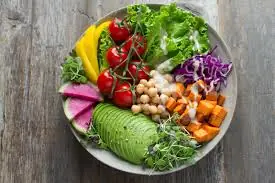
4 Types of Salads You Should Eat Regularly to Support Li.ver Detoxification

4 Natural Ingredients That Help Protect the Li.ver in Men
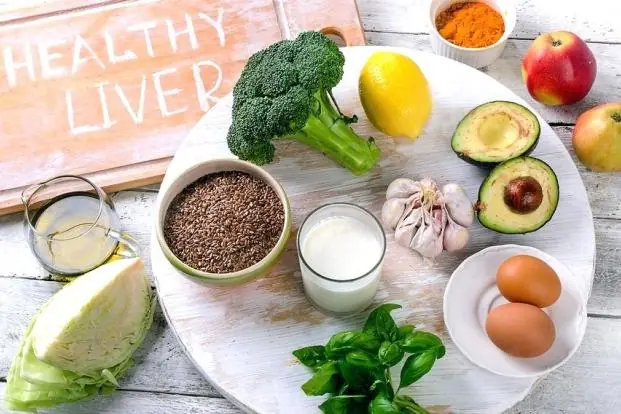
3 Everyday Vegetables American Doctors Eat to Keep Their Li.ver Healthy

3 Silent “Culprits” That Dramatically Increase Your Risk of Stroke

Rubbing Ginger on Your Feet Before Bed: Men and Women Will Be Surprised by Its Benefits!
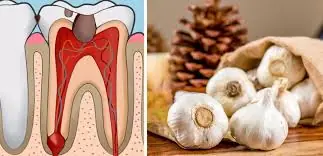
The Forgotten Home Remedy That Instantly Soothes Tooth.ache

The Silent Metabolism Kill.er: How Your “Healthy” Breakfast Is Slowing Your Fat Burn All Day

The 7-Second Rule: The Surprising Morning Habit That Transforms Your Gut, Energy, and Mood
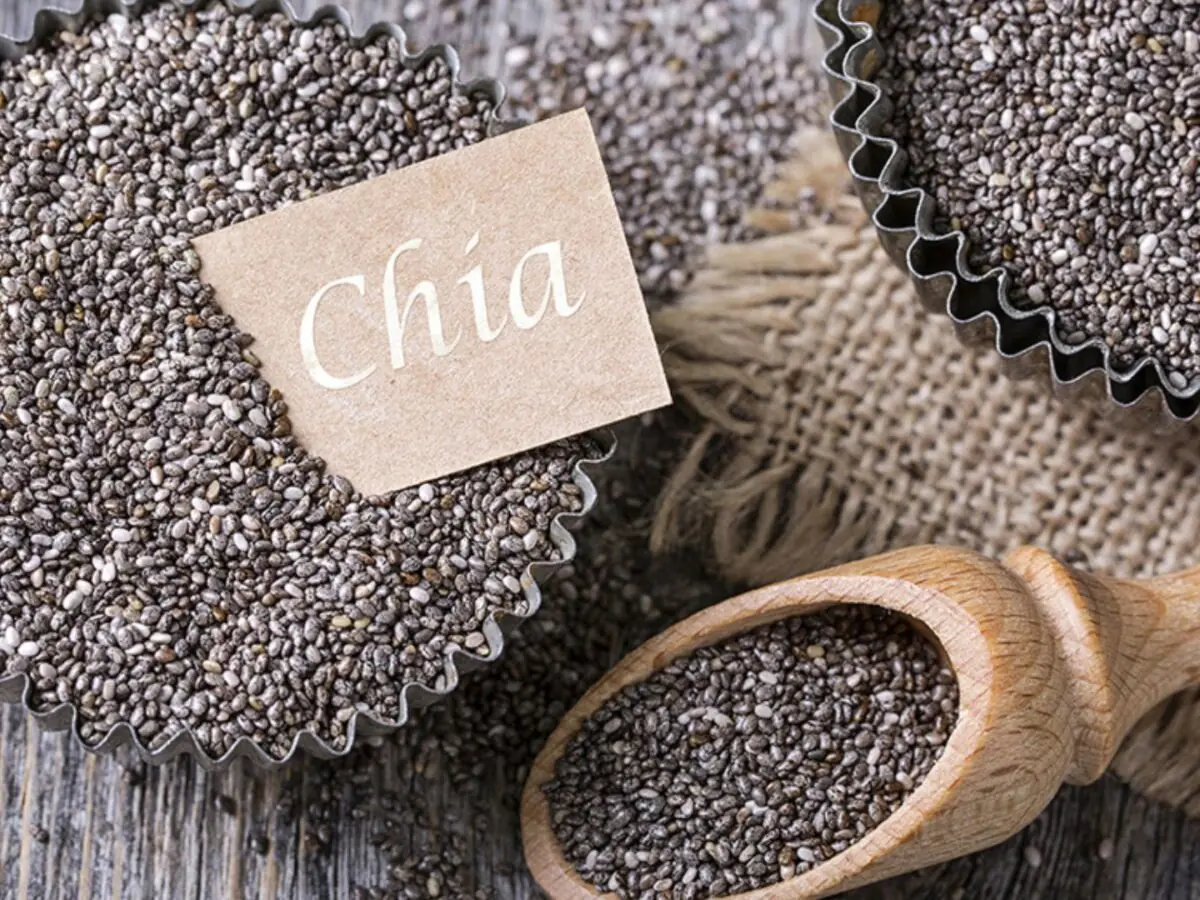
The Tiny Superfood That Can Help Lower Bloo.d Pressure: Discover the Power of Chia Seeds

Unlock the Hidden Power of Banana Peels: Amazing Health Benefits You Need to Know

5 Secret Eating Habits for Glowing Skin This Fall & Winter: You Won't Believe How Simple It Is

The 5-Minute Kitchen Hack for a Brighter Smile

THE PAPAYA LEAF HAIR MIRACLE: The Ancient Secret That Triggers Extreme Hair Growth Most People Ignore!
News Post
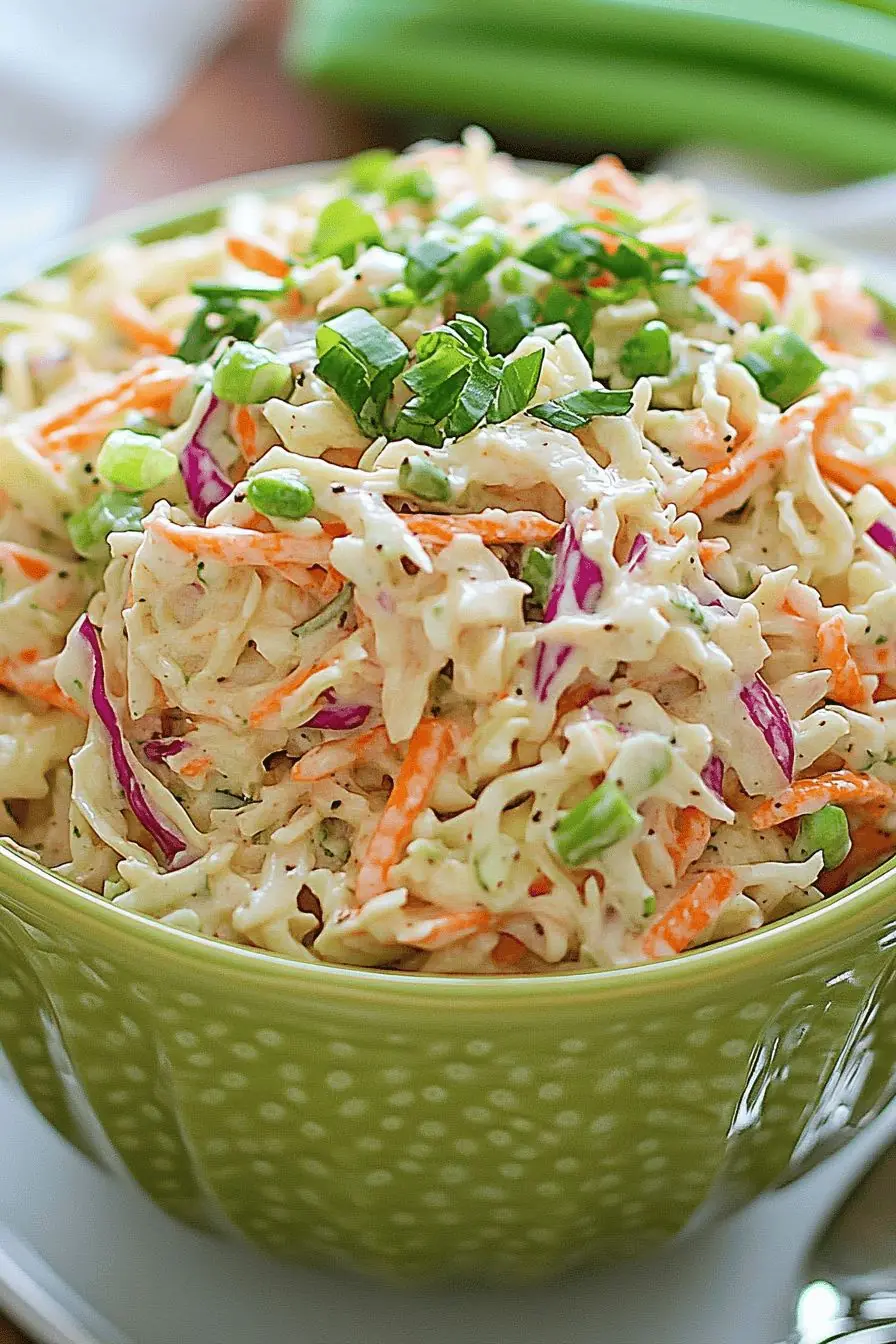
Classic Creamy Coleslaw
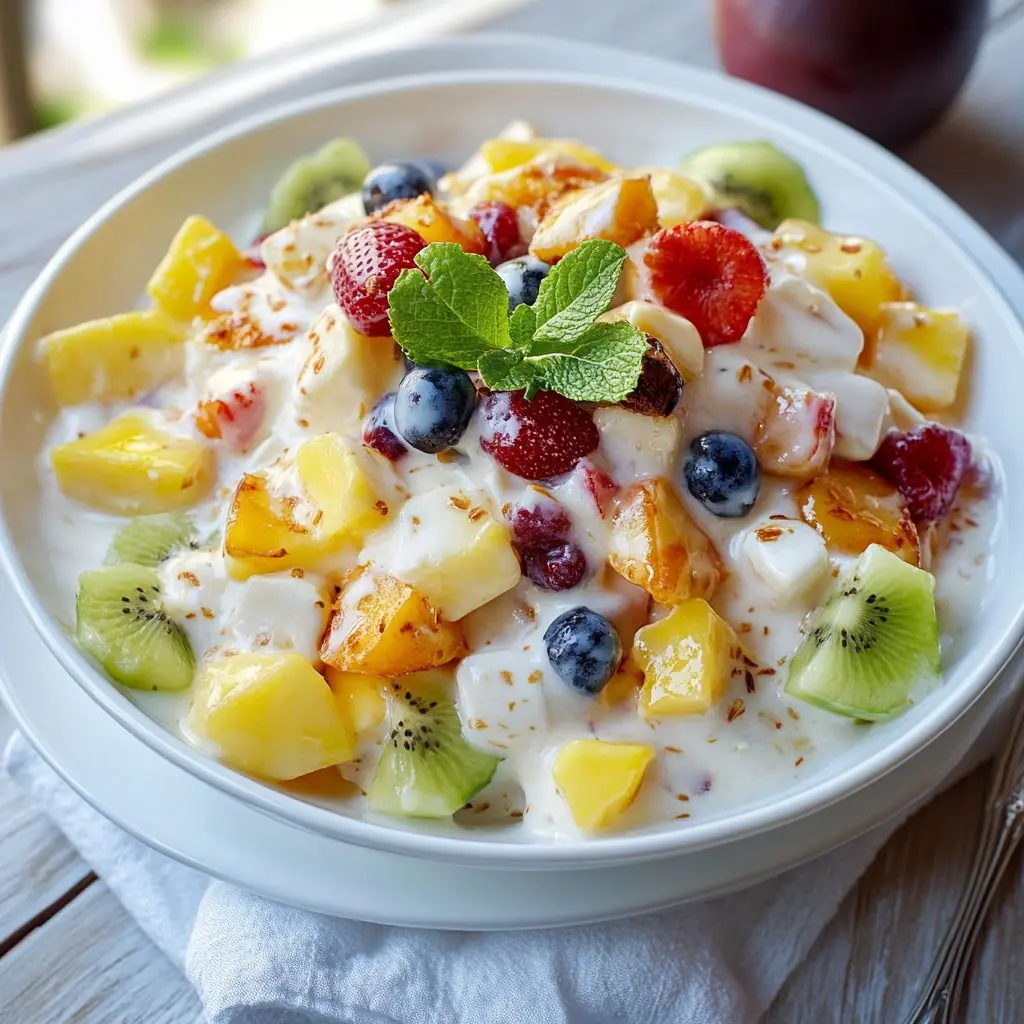
Creamy Fruit Salad
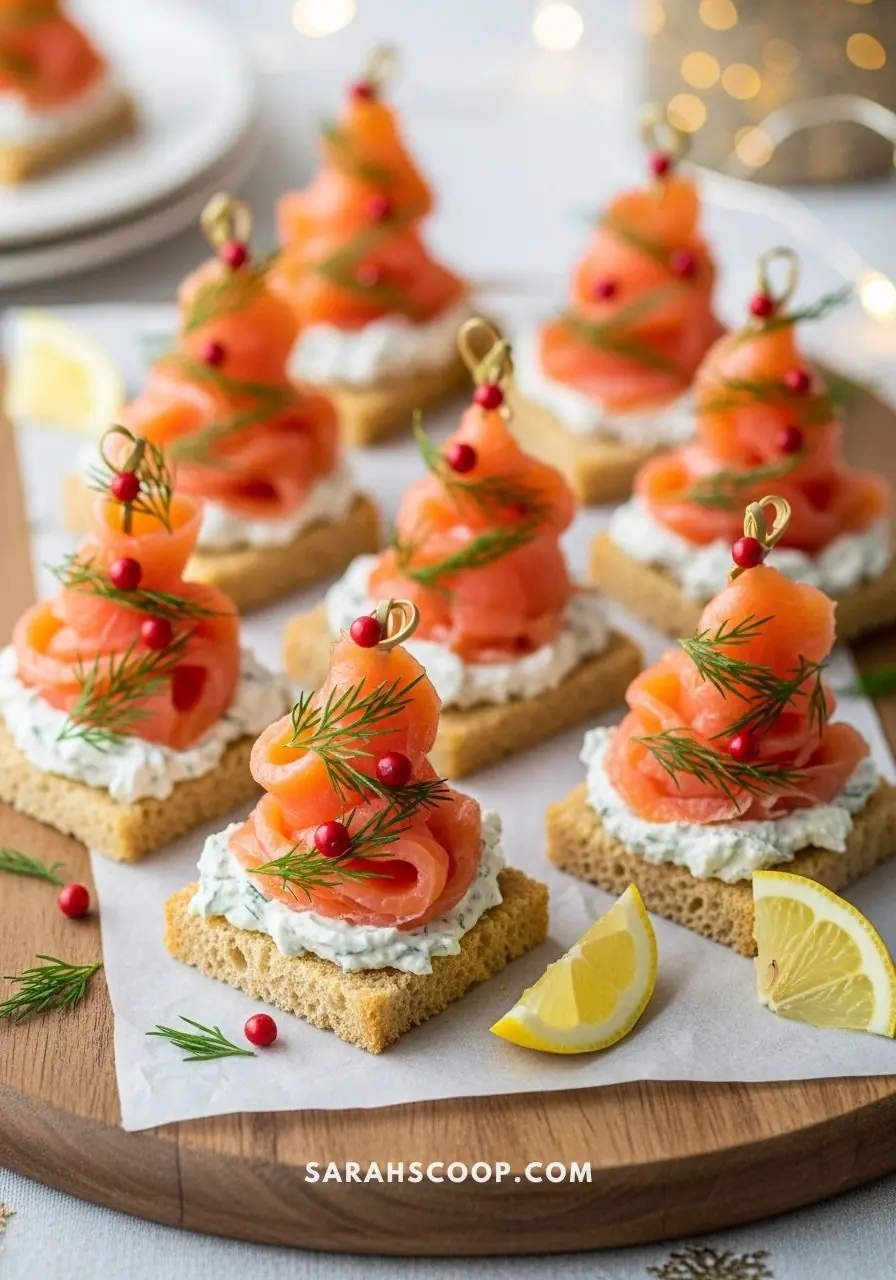
Smoked Salmon Christmas Tree Canapés

Raspberry Pistachio Cheesecake

My Sister’s Wedding Dress Was Mine… Until She Ruined Everything

He Promised He’d Never Hurt Me… But He Did

The Dog Who Delivered Smiles on Maple Street
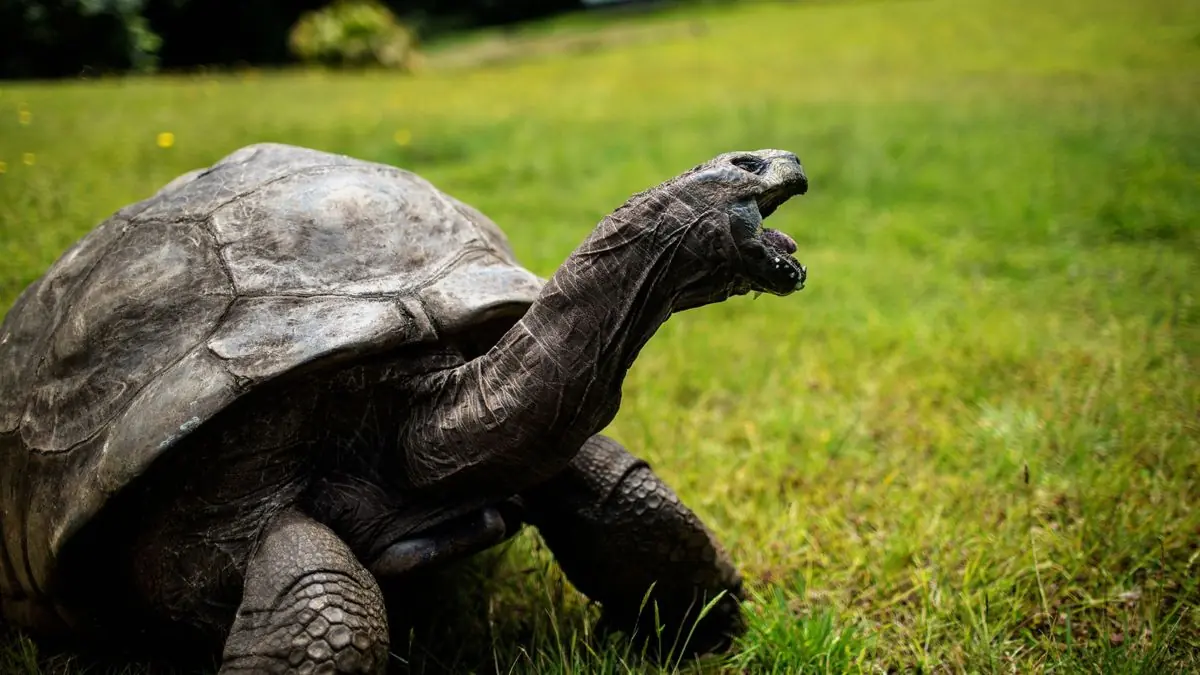
Jonathan, the Oldest Living Tortoise in the World

Returning from the Airport: A Mother’s Fight to Reclaim Her Husband’s Will

"Get out of this stinking dump!” her husband and mother-in-law laughed as they threw her out

Rediscovering Love and Secrets at Sunny Side Café

The rich man came to his father’s village to visit his mother, whom he hadn’t seen for 16 years. But upon seeing an unfamiliar woman by the gate, he was left speechless

When Family Secrets Explode: A Sister’s Deception Unveiled at the Wedding

My Sister Mocked Me for Marrying a ‘Simple Farmer’ While Her Husband Was a Finance Genius
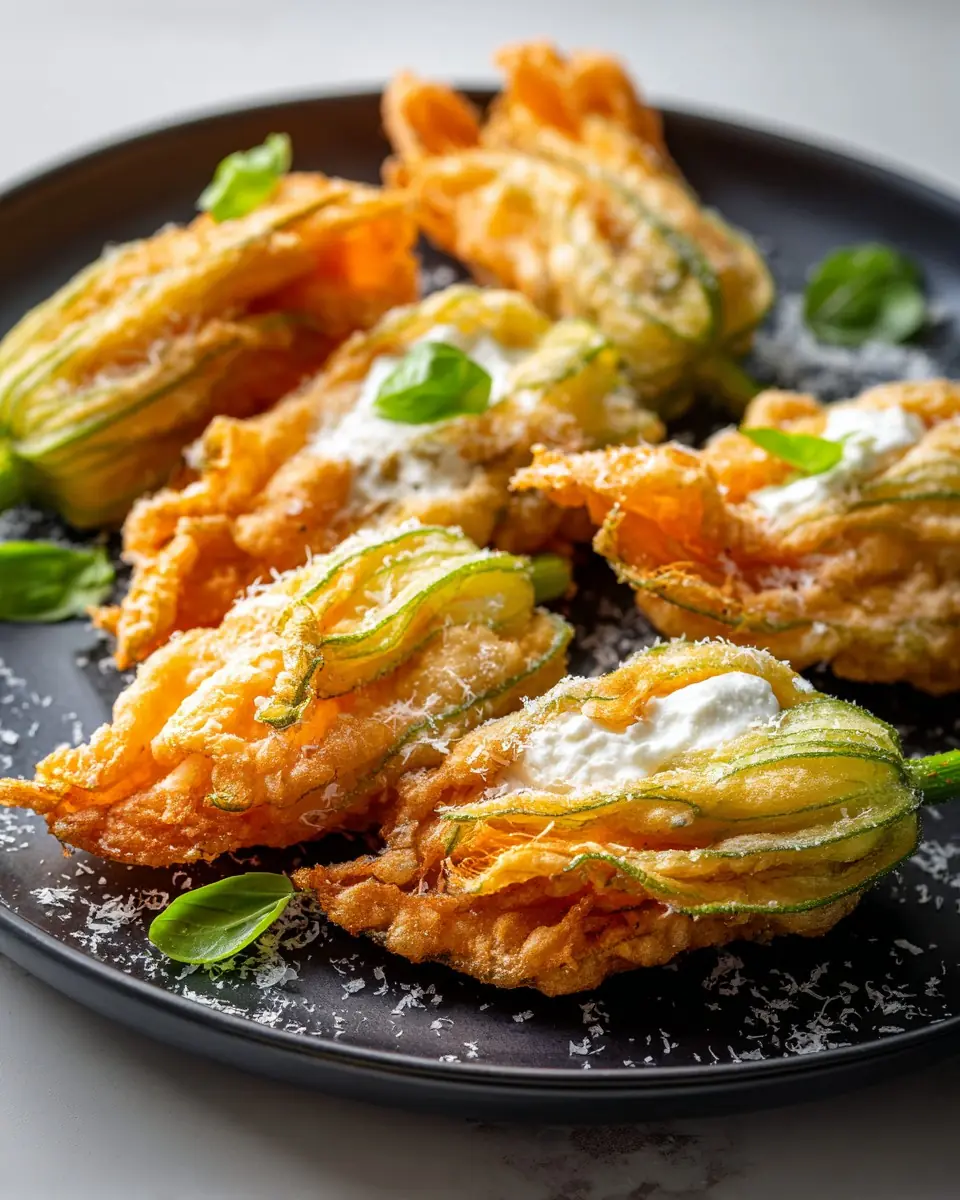
Crispy Burrata Zucchini Blossoms

One-Skillet Garlic Butter Steak & Cheese Ravioli

My husband cheated, and I filed for divorce. I haven’t told him about my pregnancy

Mother-in-Law Didn’t Expect That Breaking Up Her Son’s Family Would Boomerang Back on Her

I didn’t know she existed until today. It’s not like she should be sent to an orphanage. She’s my daughter,» the husband said
